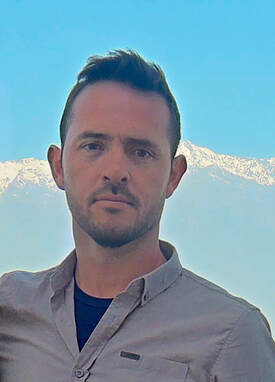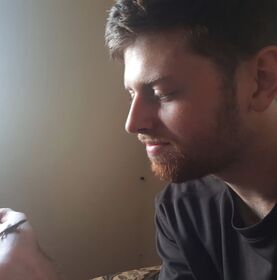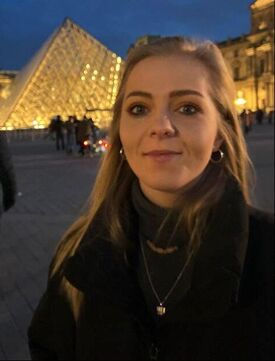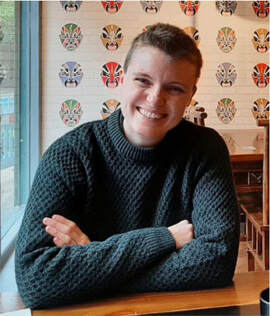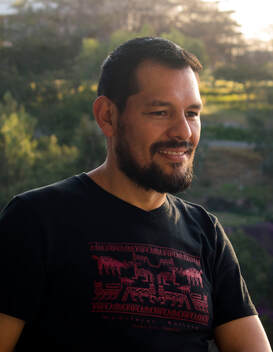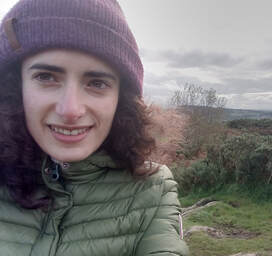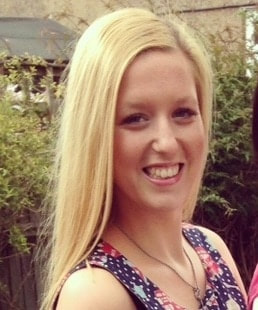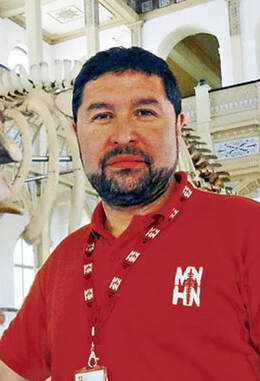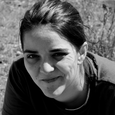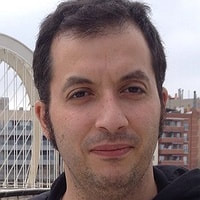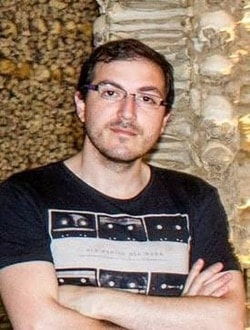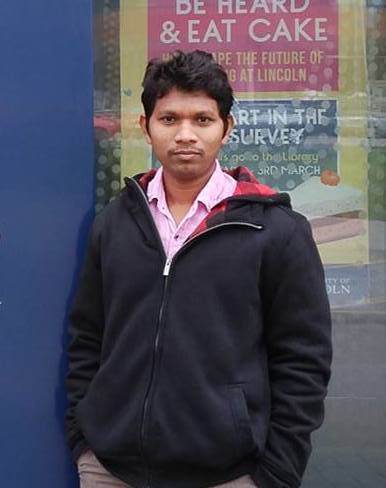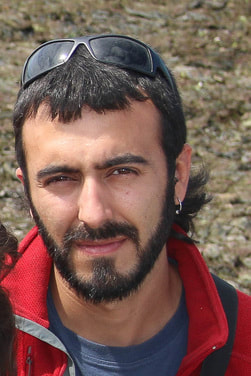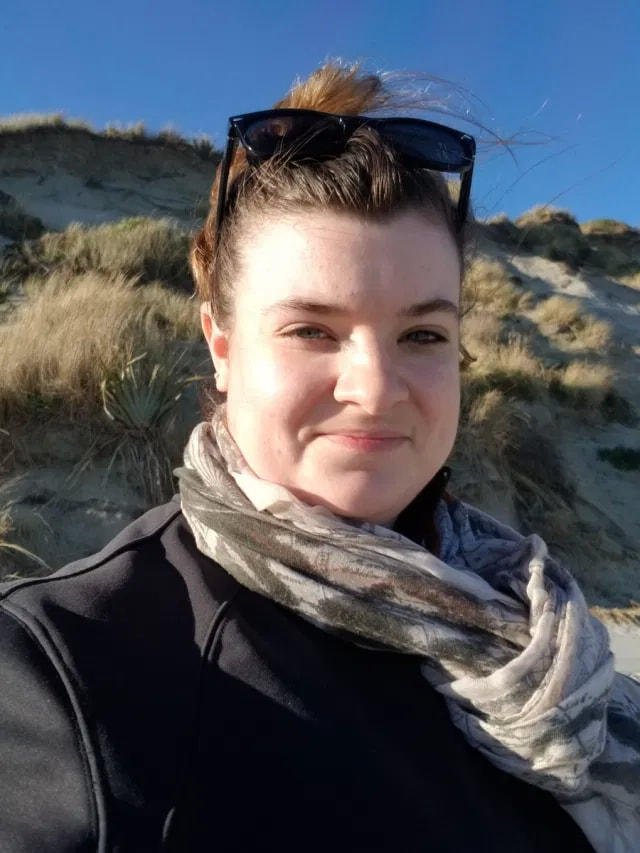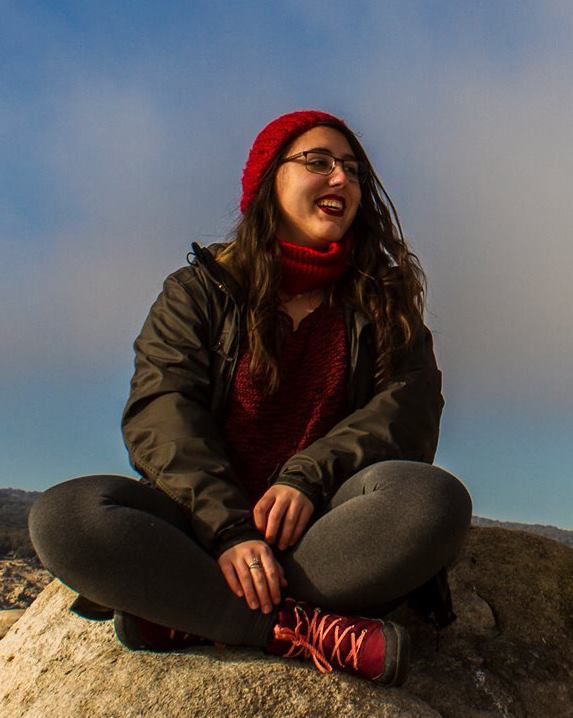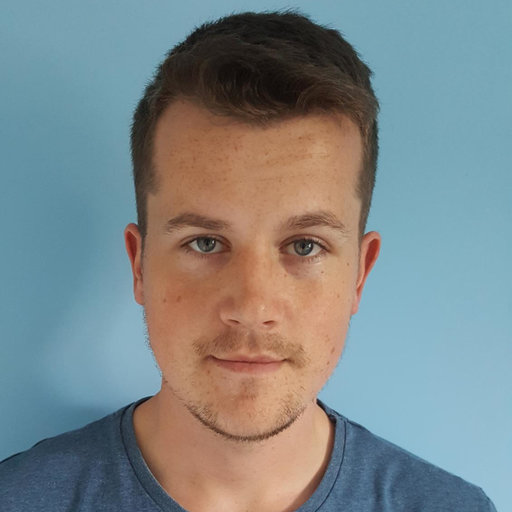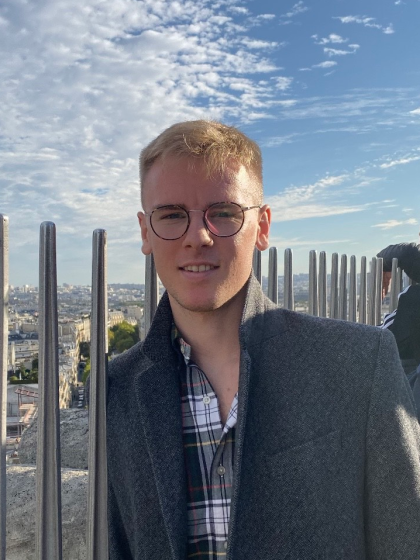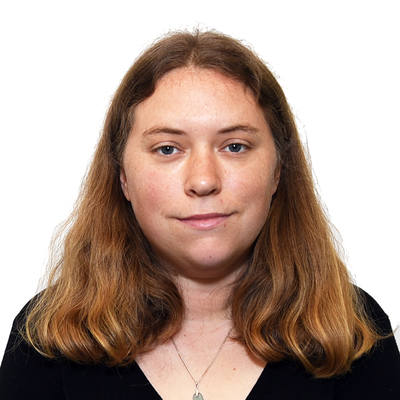Principal Investigator
|
Daniel Pincheira-Donoso
Senior Lecturer in Evolutionary Biology & Macroecology School of Biological Sciences Queen’s University Belfast 19 Chlorine Gardens Belfast, BT9 5DL United Kingdom E-mail: [email protected] Phone: +44(0)28 9097 2967 Office: 02.065 Personal Page Departmental Web Google Scholar Profile |
Evolutionary biologist and macroecologist, interested in the links between evolutionary theory and large-scale patterns of biodiversity. His research investigates the ecological sources of natural selection that drive the origin, distribution and extinctions of biodiversity at broad spatial and temporal scales.
Daniel is primarily interested in vertebrate model systems (mostly amphibians and reptiles), and is the Head of the Global Amphibian Biodiversity Project (GABiP) initiative and a scientific member of the Global Assessment of Reptile Distributions (GARD) initiative. |
Postgraduate Students
|
Jack V. Johnson
PhD Biological Sciences (2019-2022) Funded by the Department of Economy (DfE), Northern Ireland, United Kingdom E-mail: [email protected] |
Jack is a marine biologist interested in the global ecology of coral reefs and their anthropogenic declines. His research investigates macroecological patterns of coral bleaching to identify areas of refugia from climate change. Using a combination of global datasets and fieldwork, Jack aims to understand the drivers of large-scale bleaching processes, and the potential consequences for coral reef environments.
|
|
Catherine Finn
PhD Biological Sciences (2020-2024) Funded by NERC (UKRI, United Kingdom) E-mail: [email protected] Wildlife Photography Page |
Cat is an ecologist interested in the drivers of biodiversity extinctions in the Anthropocene at global scale.
Her current project aims to elucidate the combinations of traits that predispose species to extinction risk when interacting with the environment, using the world's amphibians as model systems. Cat is a scientific member of the Global Amphibian Biodiversity Project (GABiP). |
|
Luke Goodyear
PhD Biological Sciences (2021-2024) Funded by the Department of Economy (DfE), Northern Ireland, United Kingdom E-mail: [email protected] |
Luke is a computational biologist interested in the factors that contribute to disease susceptibility in amphibians.
His research focuses on the role of the amphibian skin microbiome, investigating the factors that influence its structure and its effect on an amphibian's response to the disease-causing fungus, Batrachochytrium dendrobatidis, which has been implicated in amphibian extinctions worldwide. |
|
Mauricio Ocampo
PhD Biological Sciences - Ecology of Arid Zones Based at Universidad de La Serena (Chile) E-mail: [email protected] Google Scholar Profile ResearchGate Profile PhD Programme in Ecology of Arid Zones |
Mauricio is a biologist specialised in herpetology. His interests are focused on the taxonomy, biodiversity, and ecology of reptiles and amphibians. His research has mostly focused on the herpetological diversity of the Andes and Southwestern Amazon in South America. His PhD project aims to investigate the role that a number of functional traits have played in the exceptional diversification of lizards of the family Liolaemidae.
Mauricio is enrolled in the PhD programme in Ecology of Arid Zones at Universidad de La Serena in Chile, where he works under the primary supervision of Dr Rodrigo Ríos, and is a member of the MacroBiodiversity Lab under the co-supervision of Daniel. |
|
Jacinta is a zoologist interested in the conservation, evolution and biogeography of biodiversity.
She is currently researching the macroevolution and macroecology of elevational distribution of the world's amphibians. Her work is employing phylogenetic methods to elucidate the evolutionary history of elevational distribution of amphibians, and the role of elevation as a driver of global amphibian extinction risk. |
Affiliated Researchers
|
Lilly P. Harvey
PhD Student and Academic Associate Lecturer at Nottingham Trent University Senior Research Scientist, Global Amphibian Biodiversity Project (GABiP) E-mail: [email protected] |
Ecologist and conservation biologist interested in the macroecology of species distributions. She is also interested in data-science and in the application of machine learning to the understanding of factor networks that enhance extinction risk among amphibians globally. In the past, she has also worked on the ecology of adaptive radiations in South American lizards.
|
|
Jhoann Canto
Head of the Division of Vertebrate Zoology, National Museum of Natural History of Chile E-mail: [email protected] Editor-in-Chief Bulletin National Museum of Natural History of Chile |
Jhoann is an expert in mammals, particularly the very large ones (cetaceans) and the very small ones (rodents) - but also in other vertebrates. He is interested in the biogeography, systematics, ecology and macroecology of traits in these organisms.
As the Head of the Division of Vertebrate Zoology at the National Museum of Natural History in Chile, he has become a core scientific collaborator on the GABiP initiative. |
Hall of Fame - Alumni
Laura Deacon, MSc Evolution & Ecology, University of Lincoln, UK (2015)
Tatjana Hoehfurtner, MSc Evolution & Ecology, University of Lincoln, UK (2015)
Adam Brett, BSc Biology, University of Lincoln, UK (2015)
Alesha Dahir, BSc Biology, University of Lincoln, UK (2015)
Daniel Messer, BSc Biology, University of Lincoln, UK (2015)
Topaz Reid, BSc Biology, University of Lincoln, UK (2015)
Kimberley Unkin, BSc Biology, University of Lincoln, UK (2015)
Katherine Beadle, BSc Biology, University of Lincoln, UK (2014)
Laura Mack, BSc Bioveterinary Sciences, University of Lincoln UK (2014)
Sophie Wild, BSc Bioveterinary Sciences, University of Lincoln UK (2014)
Valerie Jones, BSc Animal Behaviour Sciences, University of Lincoln, UK (2013)
Rhianna Larner, BSc Animal Behaviour Sciences, University of Lincoln, UK (2013)
